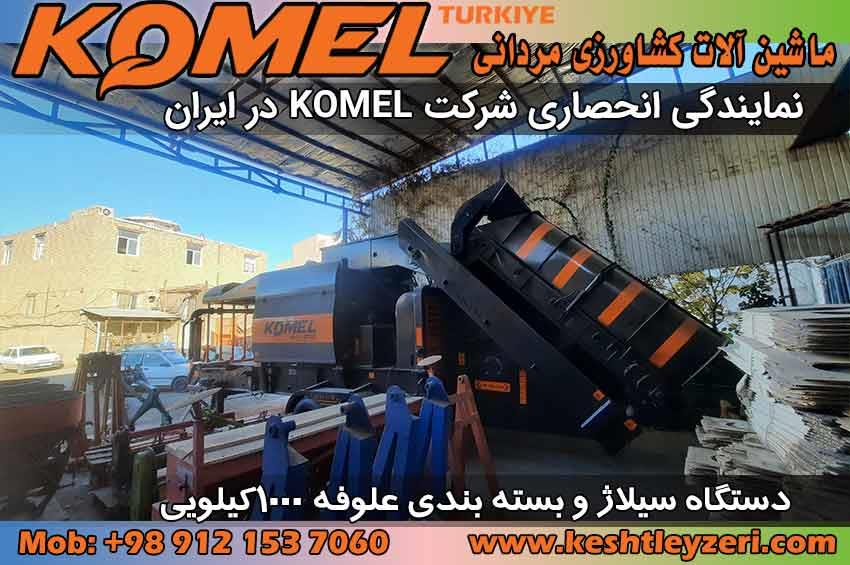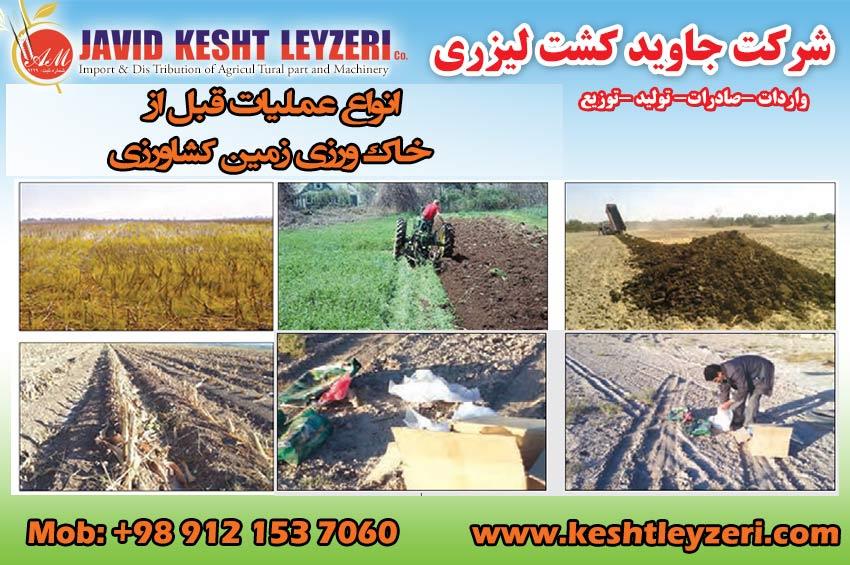
Types of operations before tilling agricultural land
javid keshtleyzeri Co.ltd
You have often heard that agriculture is planting, keeping and harvesting crops. But this definition is not comprehensive and complete, but cultivation starts before planting and continues until after harvesting. Successful cultivation depends largely on pre-planting operations. This stage of agriculture is called tillage stage (ground preparation or planting bed preparation stage). Before tilling the soil, you must take some measures to prepare the land for tillage.
Agricultural land may have impurities due to various reasons such as wind flow, human misbehavior, natural conditions of the region, etc. Impurity means everything except the remains of the previous year's crop on the ground. With this definition, stone, wood, rubber, plastic, glass, trash and garbage are considered as impurities of the earth that interfere with the preparation, planting, planting and harvesting of plants. Therefore, in order to achieve a successful agriculture, you must clear them before preparing the land.
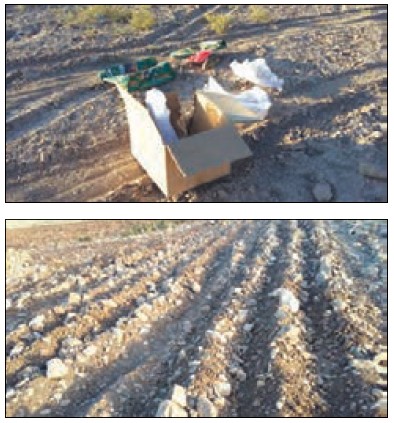
Impurities on agricultural land
Agricultural land may have complications or lows and highs caused by the creation of streams, streams and ridges, or caused by the movement of people, animals or vehicles, or caused by the type of plant and planting method. These complications will make the preparation operation difficult. Therefore, it is necessary to solve them in a proper way.

Land taxes
Collecting stones and eliminating the low and high ground and correcting the slope are done when the ground is prepared for the first time. The lowness and height of these types of lands are leveled by graders, bulldozers, and scrapers. Rock collecting machines are used to collect large stones from the ground.

Stone collectors and scrapers
The production of some agricultural products leads to a lot of residues remaining on the surface of the earth. Some of these residues cannot be easily buried under the soil and may prevent the movement of machines and the implementation of preparation operations.

Residues of the previous grain corn and sunflower crop
In order for the soil to produce a good crop, it must be well fortified. Using animal or plant organic fertilizers is one of the best ways to strengthen the soil or increase the fertility of the land. This operation should be done before plowing. Remember that even the best chemical fertilizers cannot replace organic fertilizers.

Spreading manure and putting green manure under the soil
Plowing is one of the most important tillage operations, it is performed correctly only in favorable moisture conditions. Providing suitable moisture for plowing in dry land is one of the other operations before tillage.
The need to remove impurities from the earth
Impurity on the surface of agricultural land is a serious obstacle in the implementation of agricultural operations. They prevent the penetration of the plow into the ground and thus make the plowing depth uneven.
Impurities cause disruption of order and order at the time of planting by farmers. For this reason, the growth of the field will not be uniform and the yield of the crop will decrease.
The presence of some coarse and hard impurities such as stone or bran causes problems and even breakdowns in the machines. It often happens that the harvester blade is broken and unusable in contact with stones or other hard objects.
Some impurities, such as disposable containers and types of nylons, pollute the environment, including soil. The complete decomposition of these materials takes a long time and sometimes more than 50 years. Therefore, these factors must be collected from agricultural land and properly organized.
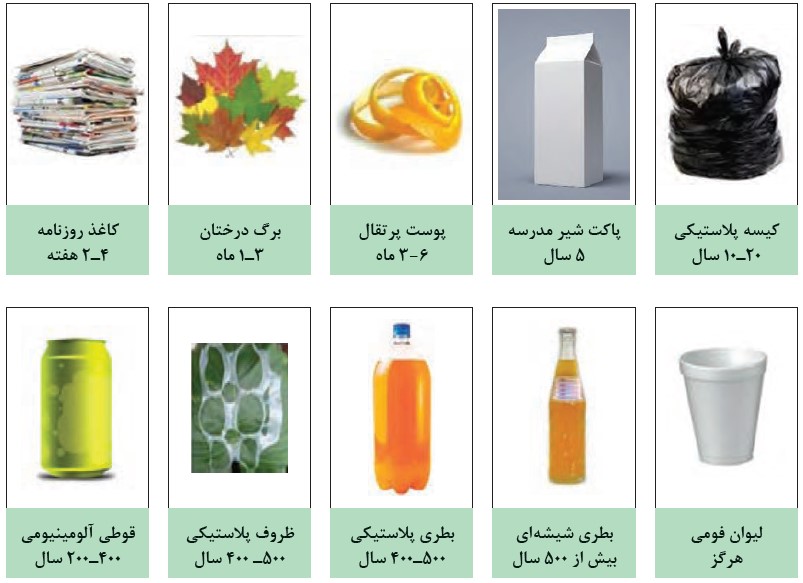
Approximate time of decomposition of different substances in nature

Collecting impurities from the surface of agricultural land
Keeping the environment clean is everyone's duty.
try:
Don't contribute to environmental pollution.
Always be an effective member in cleaning your environment.
Necessity to remove the effects of the land
The hills and valleys in the field are called tolls. Land taxes make the implementation of agricultural operations difficult at different stages. When you try to plow the ground with a plow, the front wheels fall into a deep ditch or a large pit, the plow is removed from the ground, so the plowing is not done. Now, if the front wheels are placed high, the plow sinks a lot into the soil. Often in this situation, the tractor is not able to move and the rear wheels start spinning in place (read). Both modes, while causing problems for the driver, prolong the operation time and make the plowing of the land non-uniform. In this case, plowing objectives are not met.
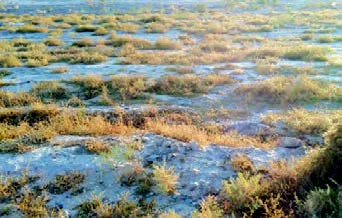
Lowlands and elevations of the earth's surface
If the direction of movement or the condition of the obstacles is such that the wheels of one side are in the hole and the wheels of the other side are high, the depth of the plow will be uneven and there is a possibility of the tractor overturning.
If the direction of movement or the condition of the obstacles is such that the wheels of one side are in the hole and the wheels of the other side are high, the depth of the plow will be uneven and there is a possibility of the tractor overturning.
Eliminate land problems
In small lands with limited complications, the height and height are removed with manual tools such as shovels and plows. In relatively large lands with a lot of lowness and height or an inappropriate slope, basic leveling is done by special machines (grader, scraper, bulldozer, loader, etc.).
Removal of complications caused by previous cultivation
Required tools and equipment: tractor, blade behind the tractor, plow, shovel, pickaxe, wrench and general mechanical tools, suitable work clothes with safety equipment.
1. Perform initial visits to start the tractor: windmills, engine and hydraulic oil and water levels, air filter cleanliness, battery connection, etc.
2. Turn on the tractor while observing technical and safety points.
3. Drive the tractor to the blade storage area behind the tractor.
4. Check the health of the blade behind the tractor (blade, frame, connections).
5. Connect the back blade of the tractor to the tractor, observing the technical and safety points and the permission of the apprentice. While moving backwards, bring the attachment points of the tractor closer to the 3 attachment points of the rear blade of the tractor. When the points are equal, stop the tractor, pull the handbrake and get off the tractor. Connect the left arm first, then the right arm and finally the middle arm. Then insert and lock the corresponding pin.
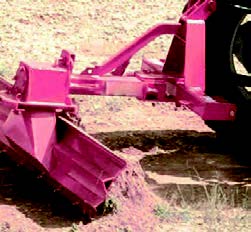
The back blade of the tractor attached to the tractor
6. Make the initial settings of the blade behind the tractor (longitudinal, transverse, balance adjustment)
7. Guide the tractor carrying the blade behind the tractor to the field.
8. Determine and adjust the angle of the blade according to the position of the protrusions, the direction of the tractor.
9. While driving the tractor on the designated path, put the protruding points or stacks into the post points or holes.
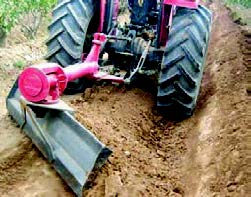
The angle of the blade and the fall of soil in the hole
The highs may not be smooth or the hollows filled in one go, so keep working until your goal is achieved.
10. Service and clean the machine and tools, and after cleaning the work environment, do personal hygiene.

